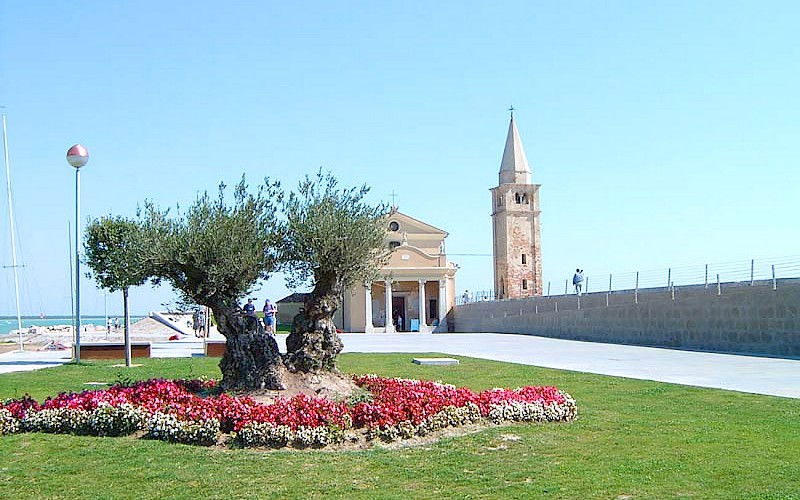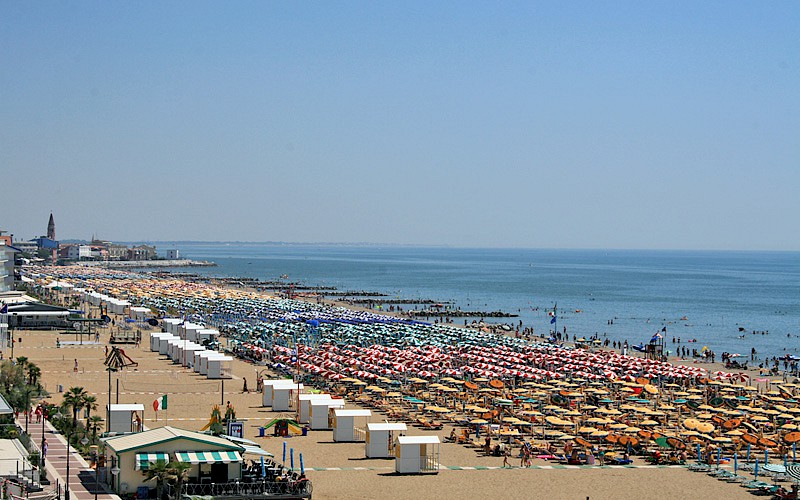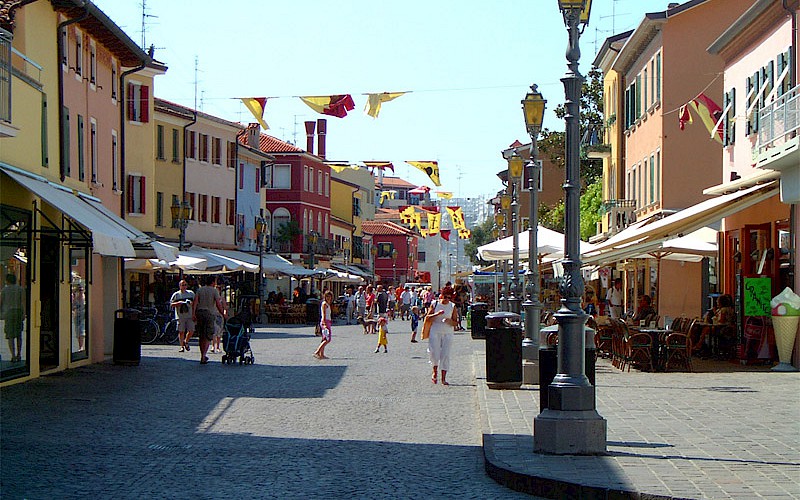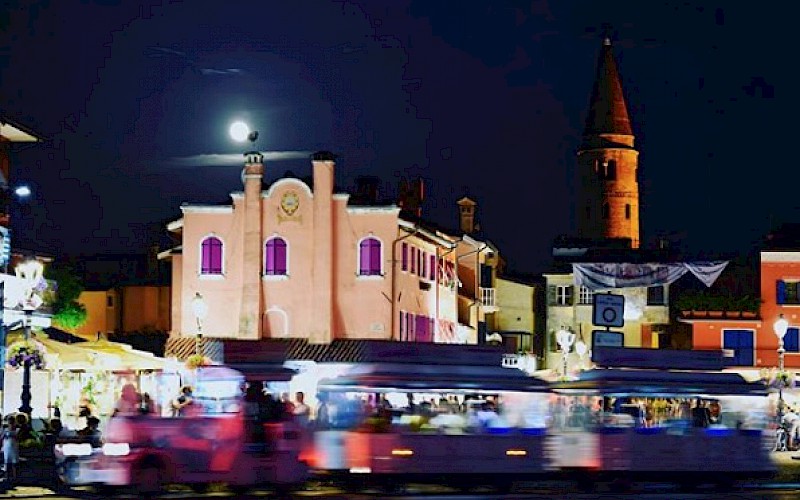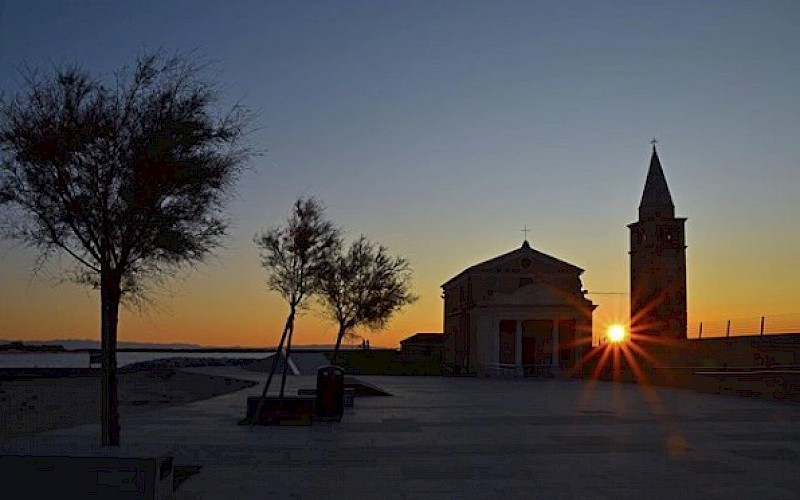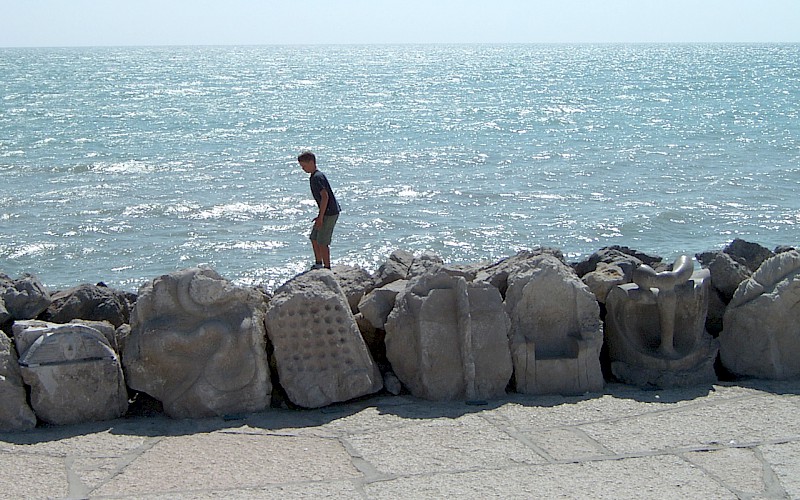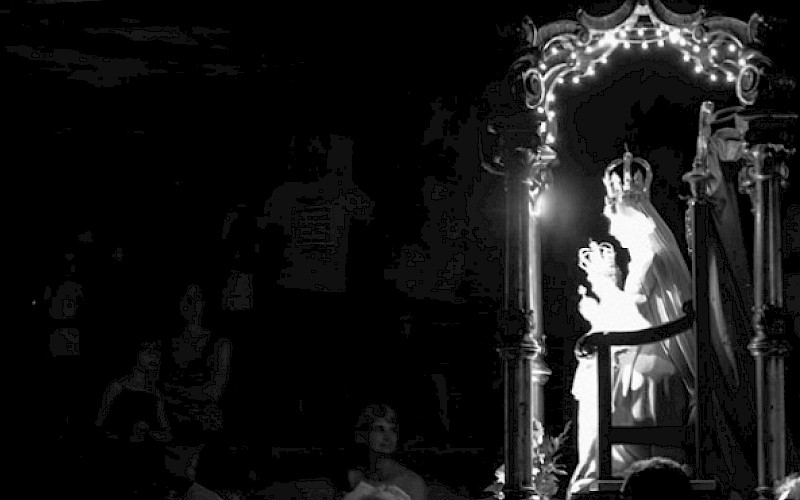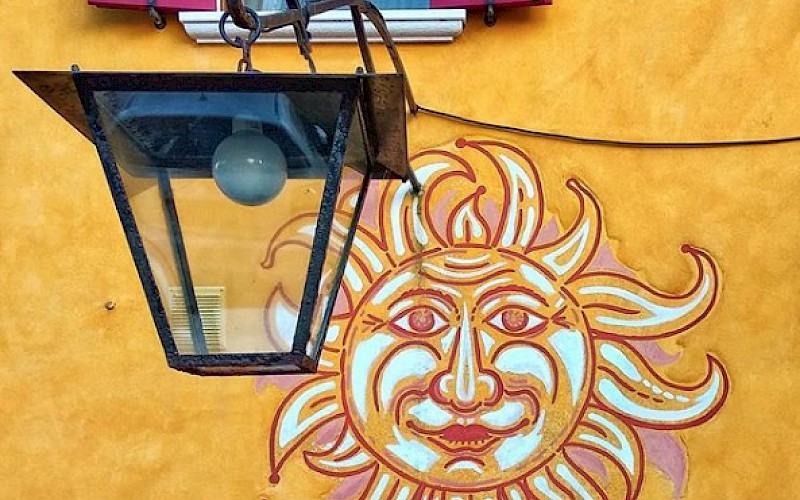Of the different ancient cities of Veneto, Caorle, with its promenade and the various rural landscapes, is certainly the most evocative. Of clear Roman origins, the town derives its name from the past, in fact Caprulae, the ancient name of Caorle, means almost an island inhabited by goats; however, the possibility of the cult of the pagan goddess Capris, in effect when the village was founded, to pay him this name, which is still remembered today by many, is not excluded.
The main feature of Caorle is undoubtedly the "living cliff" whose rocks that compose it are sculpted and decorated very carefully by artists from all over the world, great masters who meet in July to give life to their marvelous works. This "natural" art runs along the seafront, creating a marvelous effect on the clear sea behind it. All this is crowned by the presence of the splendid Church of the Madonna dell'Angelo, a small Church that has dominated this small cultural landscape for centuries. The living cliff has therefore become the symbol of Caorle and favorite destination of most tourists who land in the country specifically to admire such spectacles that really leave you breathless.
Another symbolic structure of Caorle is represented by the Cathedral of Santo Stefano.
Entering the cathedral you can immediately notice the refined Byzantine style with which it is structured. This particular art is reflected in every column and in every pillar, even reaching the ancient vault and the wide marble altar.
In addition to the well-made paintings you can find other valuable works, such as the Pala d'Oro, a frontal of six gilded panels from distant Cyprus.
Next to the Duomo stands the imposing bell tower built in the year 1070 and 48 meters high. It was built in the same style, shows how important the Roman influence at the time, also the bell tower is often home during summer, the fireworks made from fireworks.



